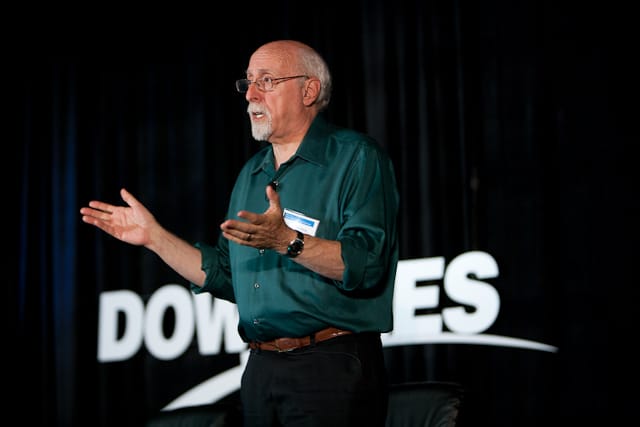In February 2003. I was serving as the media relations director and part-time new business director for a high-tech PR firm based in Boulder, Colo., when I landed a big fish. At the time I had no idea this was a big fish simply because the company, Webroot Software, was all of 12 people and carried a puny monthly PR budget. The budget was so small, in fact, that none of my colleagues wanted to manage the business…that is, minus my eventual mentor and myself. Two years later and a couple of agencies removed, this client was carrying a $60,000 monthly budget.
The early days of spyware
Perhaps it was the topic of spyware that drew us to the flame? At the time the internet world was wary of viruses and hacks, but the topic of spyware was a new one. It was different than a virus in so many ways – it was more insidious, tricky and destructive, but getting infected was also largely a result of a computer user’s behaviors and ignorance. Surfing porn? You were likely a victim of spyware. Chasing gaming cheat codes or illegal song downloads? You were also likely a victim of spyware. Accidentally land on holding page for Viagra? Bam! You probably were a victim of spyware, too.
Cybersecurity influencer education strategy
Upon engaging with Webroot, we immediately adopted a media influencer education strategy that involved revolving media tours in New York, Washington, DC and San Francisco (c’mon, it was 2003!), and began educating the technology media about spyware, how it was transmitted and how to avoid it. Back in those days, Technology Marketing published a media influencers list that ranked journalists based on their power to influence consumers. At the top of that list was the Wall Street Journal’s Walter Mossberg, who at the time was penning the Journal’s Personal Technology column, which published each Thursday (hence the hashtag headline).
To give the man and the era the proper billing, click here (pay close attention to the section on The Mossberg Effect). Back then, Mossberg truly was a kingmaker.
After numerous trips to DC to engage and educate Mr. Mossberg, rather than pitch him, our organic approach paid off in a big way when Walt wrote his market creation story, “A Primer on Fighting Spyware,” which introduced his army of readers to spyware, how to avoid it and how to destroy it. For the brand, the recommendations Mossberg made in terms of protection were pure gold.
“I recommend three programs that can clean out most spyware and adware from your PC. Two are free: Ad-Aware SE Personal, available at www.lavasoftusa.com; and Spybot Search & Destroy, which you can get at www.download.com, and typing “spybot” into the search box.
But I prefer the third program, even though it costs a little money. It’s called SpySweeper and is from a company called Webroot, at www.webroot.com. Like the others, SpySweeper can find and expunge spyware, but it also blocks new infestations. Spy Sweeper costs $29.95, including a year of automatic updates.”
And as some of us now know, those free programs were great for finding the spyware, not so much for removing it. Those that wanted the spyware off their PCs? Rather than pay for Ad-Aware or Spybot, they bought SpySweeper because Walt told them to. As a result, SpySweeper was the highest-selling, non-game related software at the retail level between 2004 – 2006, during which the company attracted a huge funding round that eventually led to the profitable exit of both founders, as well as the brilliant CEO who had piloted the company from the beginning.
Educate the press first, set your expectations later
Sometimes the best pitch is no pitch at all. In the world of cybersecurity it is often best to educate the press first and set your expectations for coverage later. Looking for today’s kingmaker? I’d start with Brian Krebs, who was just a pup at the Washington Post in 2003.
This post is part of a month-long series based on Voxus PR’s award-winning work in security and cybersecurity public relations. To view all of this month’s posts, click here.


